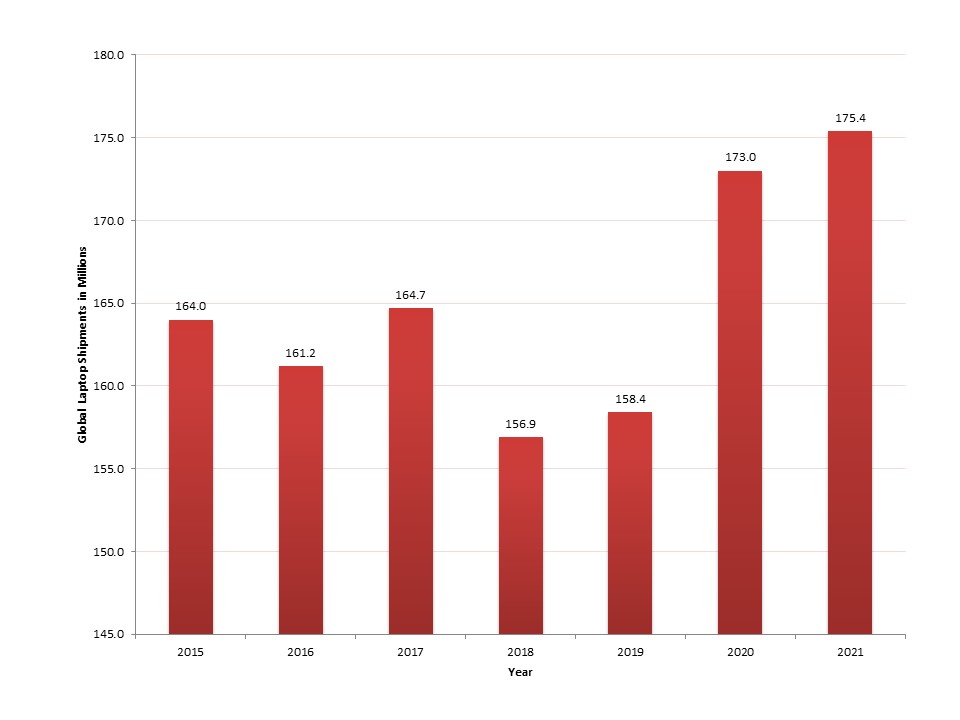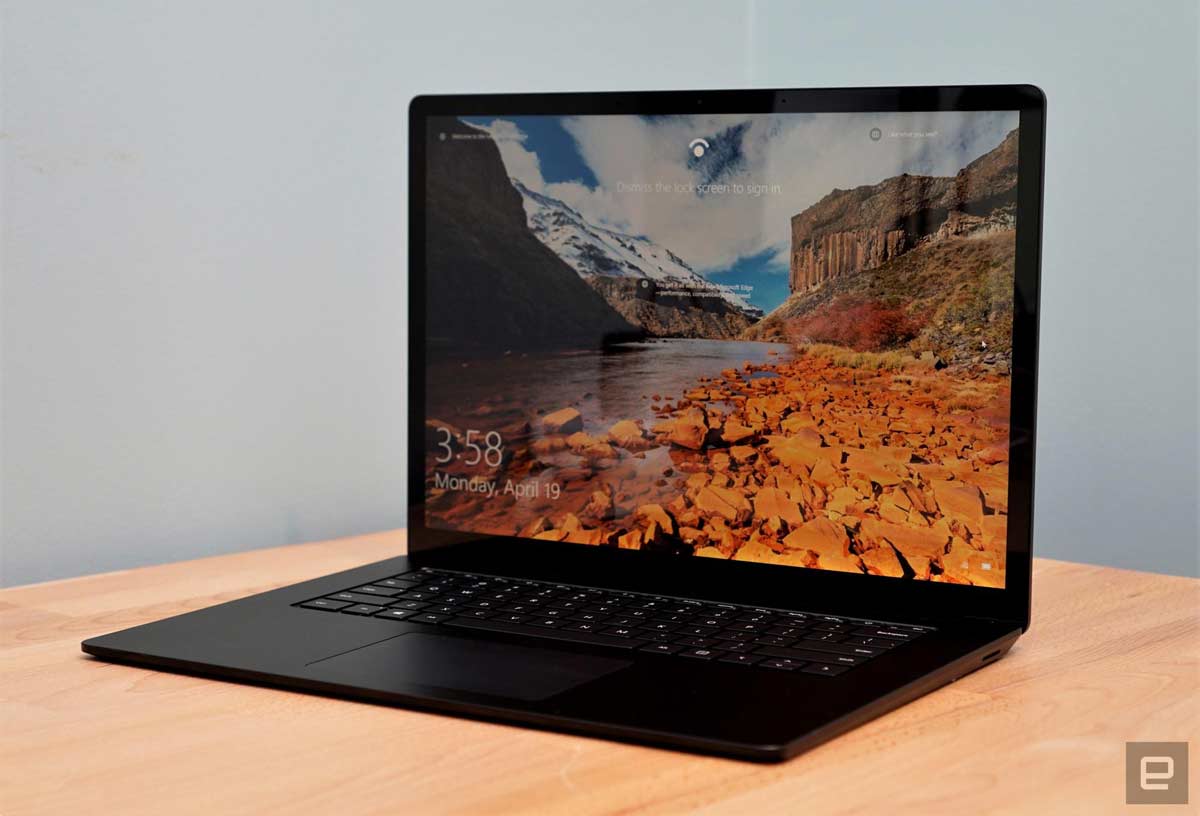The pandemic started with its epicenter in China in 2019 and has been continuously spreading by then to all over the world. So far, 216 countries and territories have been affected by COVID-19. The U.S. is on the top with cases reaching about 4.38 million, followed by Brazil, India, and then many European countries such as Russia, Spain, Italy, and others. The COVID-19 cases are reaching the big named countries with strong dominance in the global market, which has adversely affected the economy globally. The spread of the coronavirus has led to the global recession. Many companies are being bound to take stringent actions of laying off their employees. Small businesses are being shut, and manufacturing facilities are being put on hold. There has been a disruption in the supply chain of many industries due to restrictions in logistics and the closing of manufacturing facilities. In addition, the slowdown in the economy has lowered individuals' spending capability, and people are saving money for emergencies.
For instance,
- The world bank stated that the global economy was expected to reduce by 5.2% in 2020. Emerging market and developing economies (EMDEs) were expected to decrease by 2.5%, and the economic activity in advanced economies might get reduced by 7% in 2020
- The U.S. witnessed a decline of 4.8% on an annualized basis in the first quarter of 2020. In addition, the slowdown in the economy also lowered the spending capability of individuals, and people are saving money for emergencies
However, the situation seems to be improving now, and the economies of various countries are growing at a significant rate. Almost in every country, the factories have started to reopen by taking some prevention such as 20%-50% employees on the field, social distancing, extreme hygiene measures, and others to support the economy. It is supporting the economy and helping to lower the recession rate at a certain level.
The pandemic has boosted the growth of the global laptop market. In response to the COVID-19 virus, many companies are moving towards working in a more virtual environment. It has placed a focus on organizations embracing collaboration tools and practices to support the virtual workplace. Organizations worldwide are supporting the BYOD model (bring your own device) to enable sales professionals to serve their customers and prospects better. Moreover, government mandate of work from home (WFH) policies has driven organizations to increasingly focus on more effective ways of engaging with customers in a remote working environment. Shifted focus towards work-from-home requires reliable connectivity and a laptop. Thus, businesses will demand laptops which increases the demand for laptops around the world. The surge in work-from-home and study-from-home due to the COVID-19 pandemic has meant good news for the global laptop market.
For instance,
- In November 2020, Dell saw a rise in the sales of laptops due to the rise as demand booms for remote-work tools. Also, Lenovo saw increased demand for laptops during the coronavirus pandemic
IMPACT ON DEMAND
The pandemic has boosted the digital transformation of industries. Companies are focusing more on digital technologies to interact with their clients and customers. There is an upsurge in the demand and adoption of laptops due to government mandates for working from home and online learning. Moreover, the gradual spike in demand observed was due to the shift of consumers from traditional platforms to online digital platforms.
For instance,
- In February 2021, According to IDC, the laptop market registered another strong quarter in October-December 2020, with shipments growing 27% y-o-y to hit 2.9 million units due to e-learning, gaming, and work from home (WFH)
The below figure shows an increase in the global laptop shipments from the year 2015 due to the continuous demand for laptops for commercial use.
FIGURE 1. GLOBAL LAPTOP SHIPMENTS, FROM 2015 TO 2021

IMPACT ON SUPPLY CHAIN
The supply chain was adversely affected in the initial phase of the pandemic as lockdown prevailed in many regions globally, and the government and organizations had limited the number of workers in factories. Companies were making their operations work according to the government regulations by making limited workers work in different shifts. Industries were facing operational and supply chain disruptions, breakdowns, and labor shortages. Most laptop providers had a large backlog of orders in hand due to chip shortages because of the disruption in the supply chain. However, there is an improvement in the supply chain as most of the facilities and travel restrictions have opened and working in the most optimum capacity. The companies are doing their best to meet the increasing demand.
LONG TERM STRATEGY ADOPTED BY MANUFACTURERS OR STEPS TAKEN
As the COVID-19 crisis continues to expand, makers would possibly face challenges on varied fronts. Producing firms would be searching for immediate measures to keep their workforces safe and their businesses solvent. Makers would conjointly have to be compelled to look on the far side of their economic viability. Because the COVID-19 pandemic intensifies, makers would possibly face continued pressure on demand, production, and revenues. They'd continuously face cash-flow liquidity challenges and difficulties in managing debt obligations. The pandemic has boosted the growth of the laptop market. Thus, developers and providers are focusing on strategic decisions like partnerships, acquisition, product launch, mergers, and collaborations to meet the increasing demand in the COVID-19 outbreak.
For instance,
- In January 2021, HP Inc. had been looking to meet the continued strong demand for PCs, displays, and accessories with its new portfolio of devices. In 2021, the company launched the HP Elite device lineup, which includes new additions in the Elite Dragonfly notebook series, the introduction of the brand-new Elite Folio convertible, updated EliteBook models, and a new Elite x2 tablet
- In June 2020, Lenovo introduced the IdeaPad Slim 3 in the market. This IdeaPad Slim 3 is available in 14-inch and 15-inch screen sizes. The IdeaPad Slim 3 is a thin-and-light machine featuring Intel's 10th generation processors, hybrid storage, Wi-Fi 6, and more. The notebook starts at Rs 26,990 and goes up to Rs 40,990. The company has launched the product to meet the increasing demand for laptops in the market
CONCLUSION
Pandemic has taken a toll on every aspect of life, including the global economy. With the significant downfalls in many sectors, a collaborative effort of government, industry players, and consumers can win the fight against COVID-19. It still continues to inflict the world with appalling economic and social dilemmas, capable enough to leave severe backlash on the economy for the next several years. The first wave had already infected severe blows to the population as well as the economy. The second wave is expected to be more disastrous to the masses and financial markets.
As the COVID-19 prevails, the global laptop market is observing a huge rise and high demand due to the growing need for digital activities and growing trend of work from home and study from home, thereby resulting in improved growth of the market. Moreover, it is expected that post-COVID laptops will continue to focus on the ability to process heavier applications such as games, graphic rendering, and data processing. With advantages in speed and low latency of 5G networks, storage can be moved to the cloud, opening up new capabilities for 5G laptops. The key players are doing their best to meet the increasing demand despite disruption in the supply chain activities. Manufacturers are focusing on partnerships and collaborations to meet the increasing demand in the COVID outbreak.







